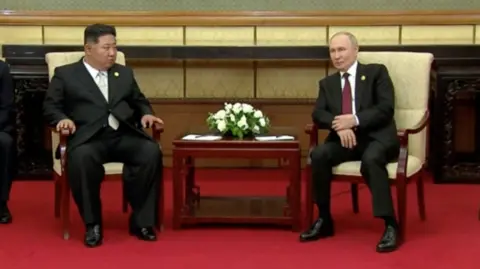China is implementing a nationwide financial incentive for parents of young children, unveiling a plan that offers 3,600 yuan (approx. $500) annually for each child under three years old. This funding is the government's first broad subsidy aimed explicitly at increasing birth rates, which have consistently declined even after the Communist Party retracted its one-child policy nearly ten years ago.
The initiative is designed to assist approximately 20 million families with the financial burdens associated with child-rearing, as reported by state media. Under this new scheme, parents can potentially receive up to 10,800 yuan per child if they participate retroactively for children born in 2022 up to 2024. Additional support initiatives, spearheaded by different provinces, have already been tested across the nation, suggesting a more tailored approach to the challenge.
For instance, in Hohhot, a city in northern China, the local government offers up to 100,000 yuan for families having third children, while Shenyang provides 500 yuan monthly for families with a third child below three years old. These local measures reflect the urgency of addressing the demographic crisis that faces the world's second-largest economy, characterized by a rapidly aging population.
A recent analysis by the YuWa Population Research Institute suggests that raising a child in China to the age of 17 costs an average of around $75,700, placing added financial strain on families. Most concerning is that official statistics indicate that China’s population has been declining, marking a third consecutive year of reduced birth numbers, with approximately 9.54 million births recorded in 2024.
While officials point to a slight increase in births compared to previous years, the overall trend persists, highlighting the complex interplay between economic pressures and family planning in shaping the future of China's demographic landscape. The ongoing financial incentives for families and the potential implementation of free preschool education signal a continued governmental push to stabilize birth rates amid growing societal concerns over an aging population and diminished workforce.



















